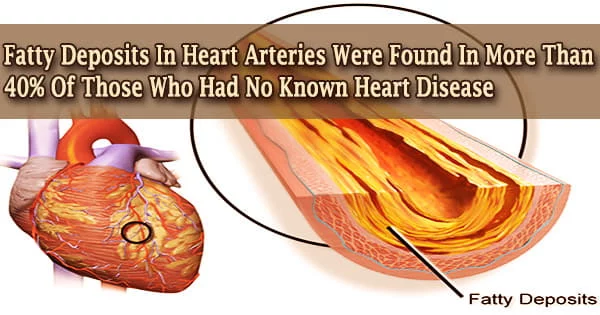According to new research published today (September 20, 2021) in the American Cardiac Association’s flagship journal Circulation, more than 40% of persons aged 50 to 64 in Sweden without established heart disease had some degree of atherosclerosis.
Atherosclerosis, or the fatty accumulation in blood arteries that provide blood to the heart, is a leading cause of heart attacks. Cardiovascular computed tomography, often known as a cardiac CT scan, is a frequent way to evaluate patients who are at risk for heart disease but don’t yet have symptoms for coronary artery calcification (CAC) score. The scan produces cross-sectional pictures of the veins supplying blood to the heart muscle in order to assess the presence and density of calcium-containing plaque in the coronary arteries.
Measuring the amount of calcification is important, yet it does not give information about non-calcified atherosclerosis, which also increases heart attack risk.
Göran Bergström
Individuals are given a CAC “score” based on these scans to evaluate their risk for or severity of coronary artery disease. This number might range from 0 to 400. A CAC score of 400 or greater indicates a high risk of heart attack, stroke, or death from either during the following ten years. CAC scoring, on the other hand, can overlook a percentage of persons who are at risk for a heart attack while having a zero CAC score.
“Measuring the amount of calcification is important, yet it does not give information about non-calcified atherosclerosis, which also increases heart attack risk,” said study author Göran Bergström, M.D., Ph.D., professor and senior consultant in clinical physiology in the department of molecular and clinical medicine at the University of Gothenburg’s Institute of Medicine in Gothenburg, Sweden.
As part of the Swedish CArdioPulmonary BioImage Study (SCAPIS), Bergström and colleagues randomly selected people aged 50 to 64 years old from the Swedish census record from 2013 to 2018. They analyzed data from 25,182 patients who had both CAC and coronary computed tomography angiography (CCTA) scans and had no prior history of a heart attack or cardiac intervention.
CCTA is a radiologic procedure that produces a very detailed picture of the interior of the arteries that deliver blood to the heart. The researchers sought to see how common atherosclerosis was in those who didn’t have heart disease and how closely the CCTA findings linked with CAC scores. They found:
- CCTA detected some degree of atherosclerosis in more than 42% of the study participants.
- The build-up impeded blood flow in at least one coronary artery (out of three) by 50% or more in 5.2 percent of people with atherosclerosis, according to CCTA.
- Atherosclerosis was observed to be more severe in approximately 2% of individuals who had arterial build-up. The primary artery supplying blood to vast sections of the heart was clogged, and in rare cases, all three coronary arteries were occluded.
- Atherosclerosis started an average of 10 years later in women compared to men.
- Atherosclerosis was 1.8 times more common in people ages 60-64 vs. those ages 50-54.
- Participants with higher levels of atherosclerosis seen by CCTA also had higher CAC scores.
- Nearly half of patients with a CAC score of 400 or above had substantial blockage, meaning more than 50% of blood flow was blocked in one of the coronary arteries.
- 5.5 percent of patients with a CAC score of zero had atherosclerosis diagnosed by CCTA, and 0.4 percent had substantial blood flow blockage.
“The current, 2019 American Heart Association/American College of Cardiology guideline for prevention of heart attacks states that adults with a zero CAC score and intermediate level of risk factors are at low risk of future heart attack. We found that 9.2% of people who fit that description had atherosclerosis in their coronary arteries visible by CCTA,” Bergström said.
“One strength of CCTA is that not-yet calcified atherosclerosis can be detected. We found that 8.3% of the adults had one or more non-calcified plaques. Non-calcified atherosclerosis is believed to be more prone to cause heart attacks compared with calcified atherosclerosis.”
The AHA/ACC guideline Bergström mentions does not address the use of CCTA in heart attack prevention.
“It is important to know that silent coronary atherosclerosis is common among middle-aged adults, and it increases sharply with sex, age and risk factors,” according to Bergström. “A high CAC score indicates that the coronary arteries are likely to be obstructive. A zero CAC score, on the other hand, does not rule out the possibility of atherosclerosis in adults, especially if they have a number of classic coronary risk factors.”
The study has a disadvantage in that it lacks follow-up data on how cardiovascular heart disease develops in this cohort, making it hard to establish whether these findings predict clinical heart disease in this community.





